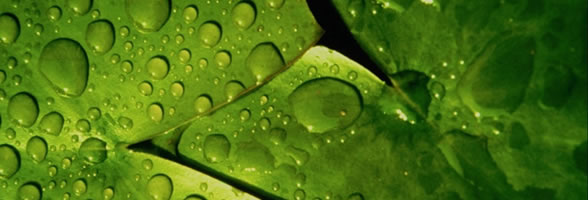
Glowworm Swarm Optimization
Experimental data simulations
To evaluate the performance of the algorithm in a more realistic setting, we have used concentration measurements obtained from a turbulent dye mixing experiment (The experimental dataset was provided by Emmanuel Villermaux, See E. Villermaux and J. Duplat, "Mixing as an aggregation process," Physical Review Letters, vol. 91, no. 18, p. 184501, 2003. ). A small modification need to be made to the GSO algorithm with anemotaxis for successful localization. The earlier rule by which an upwind step is taken only while measuring nonzero concentration is removed as it leads to inefficient anemotaxis. As the environment is dilute and odor concentration above the threshold level are detected only for small intervals, thus the earlier rule for anemotaxis is seen to be insufficient. Hence, the explorative component of the GSO algorithm was improved by making the glowworm take upwind steps whenever it has no neighbors and has non-zero luciferin.
The following video shows a simulation using experimental data in which the GSO algorithm with anemotaxis is used. The glowworms are seen to be able to locate the source in about 350 seconds. The parameter values used for the simulation are shown in Table 1. The light patches show the presence of dye and the intensity of these patches represent the dye concentration. When converted to gray scale values, pure white is represented by 256. The dark regions indicate absence of dye and have a gray scale value of around 20. We have assumed a dye concentration threshold equivalent to a gray scale value of 25. Color coding has been used to show the mode of the glowworm. The glowworm is coloured blue when it is in spiralling mode, pink when it is in anemotaxic mode and white when in chemotactic. The mode shifting behavior can be clearly seen in this video.
The next video shows the glowworm trajectory for the GSO algorithm without anemotaxis. As explained earlier the glowworms use their gyroscopic maneuvers to move toward the source and thus get to the source location. These simulation results support our claim about the capability of the GSO algorithm in locating dilute odor sources in turbulent environments.
